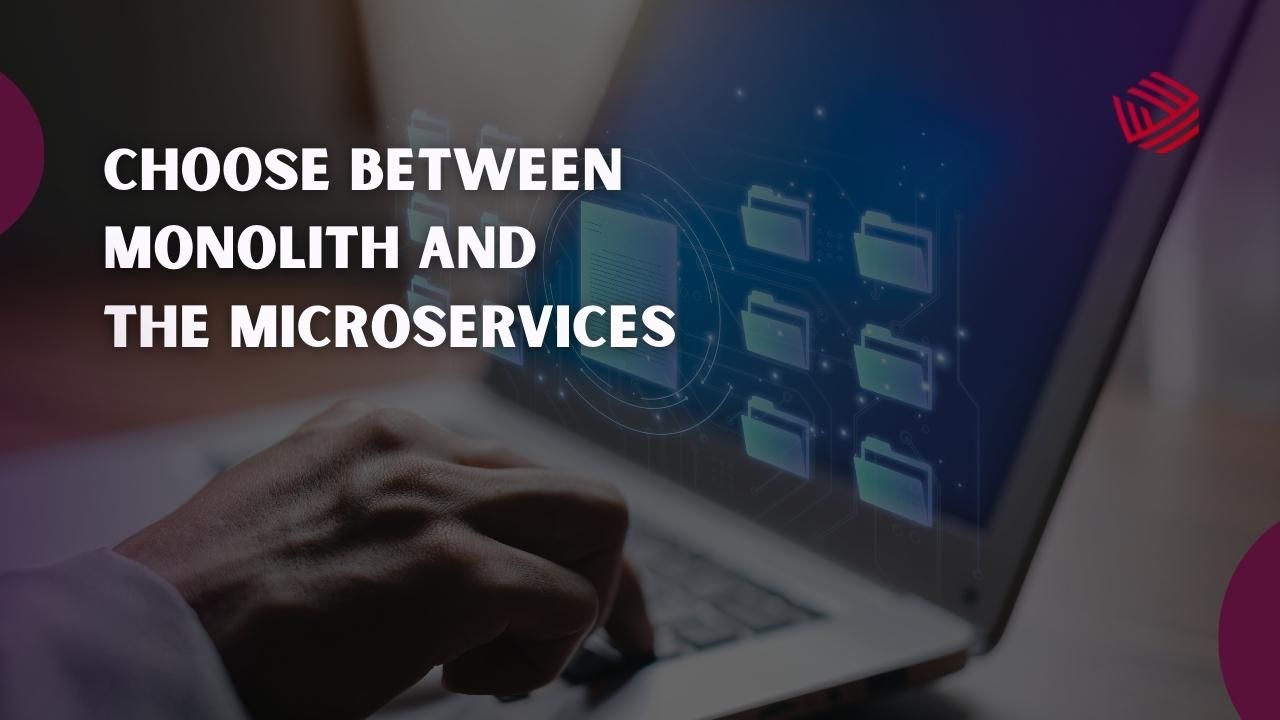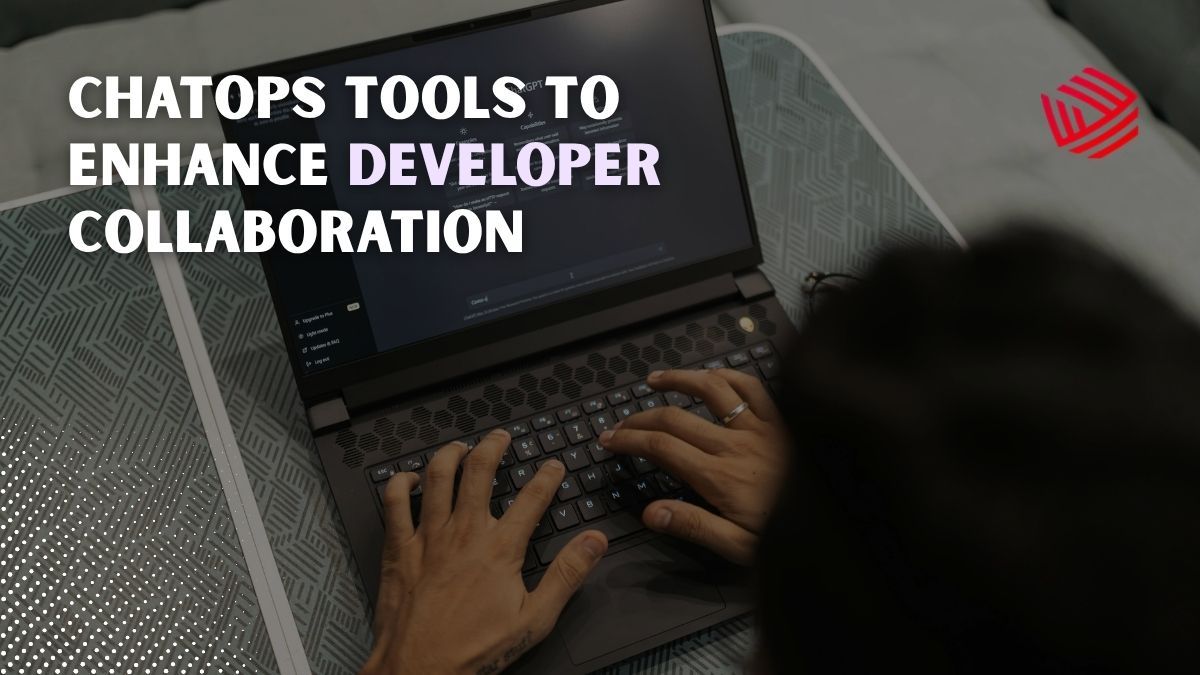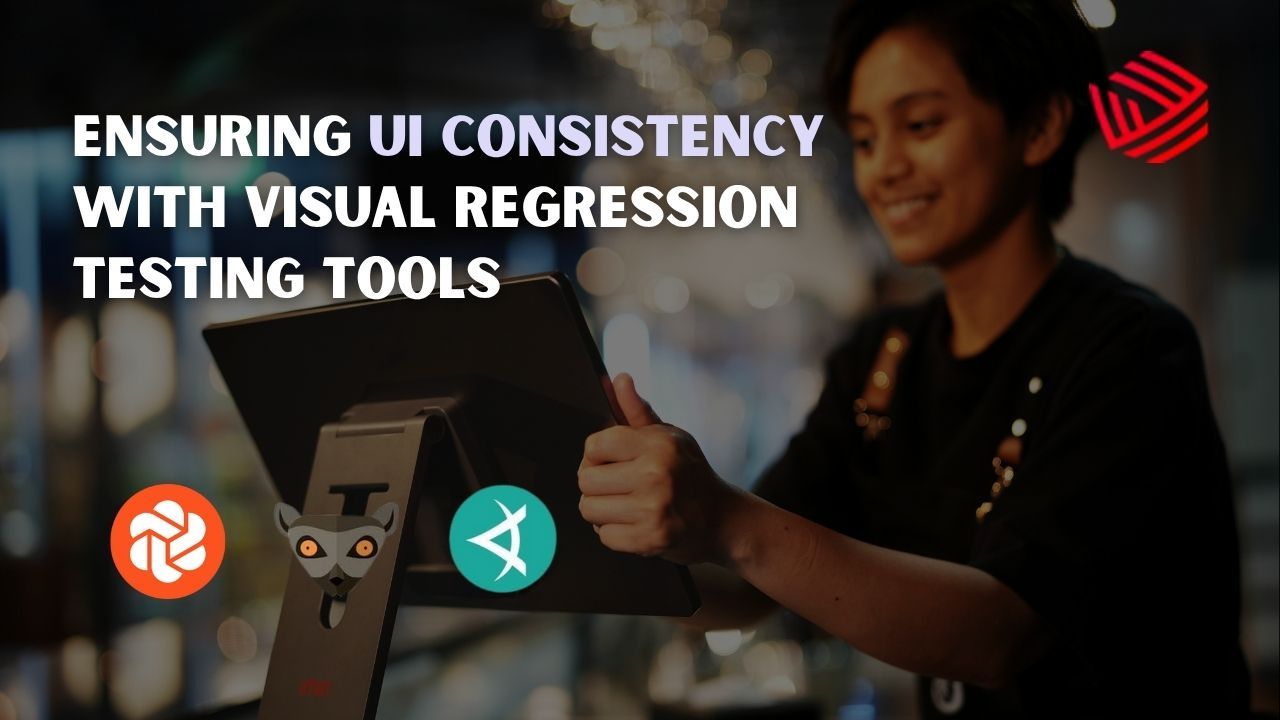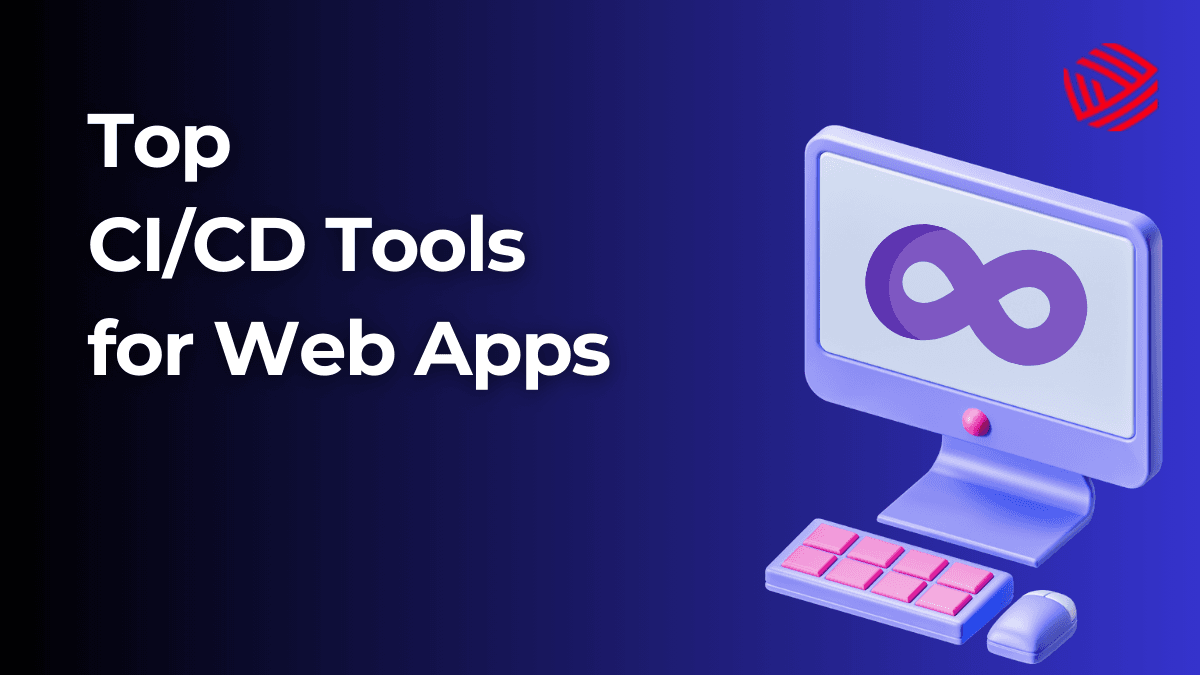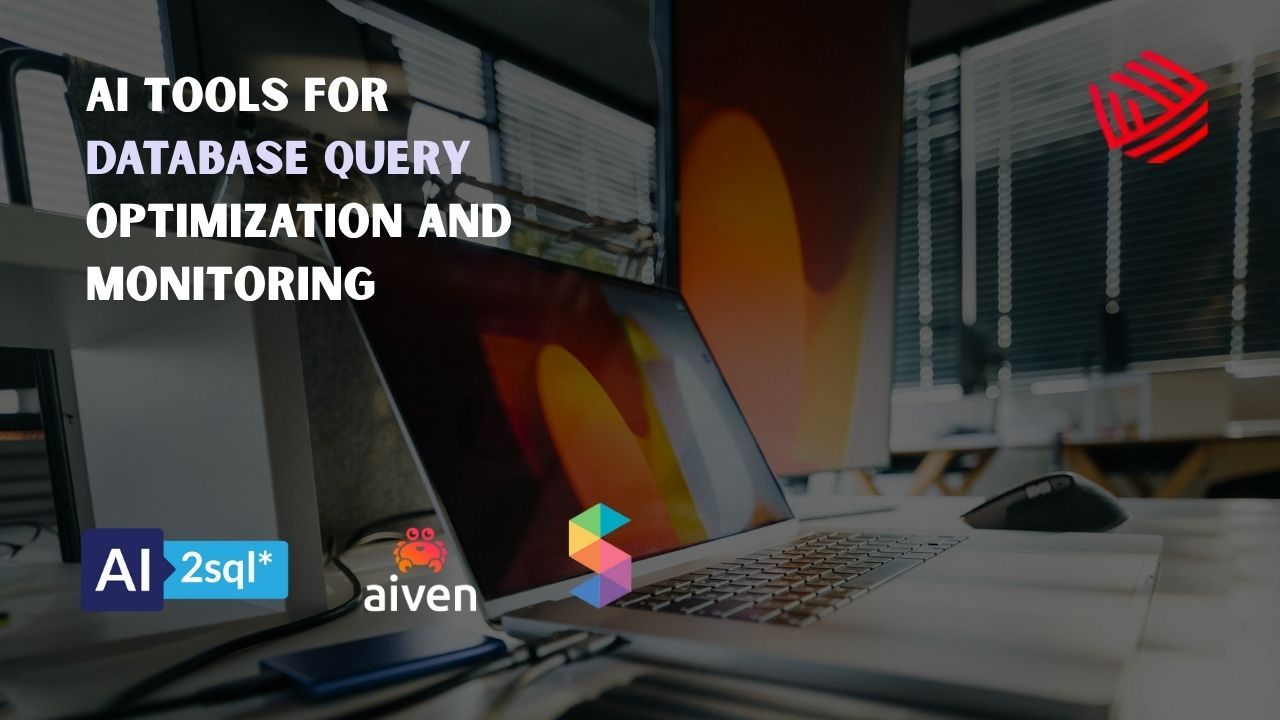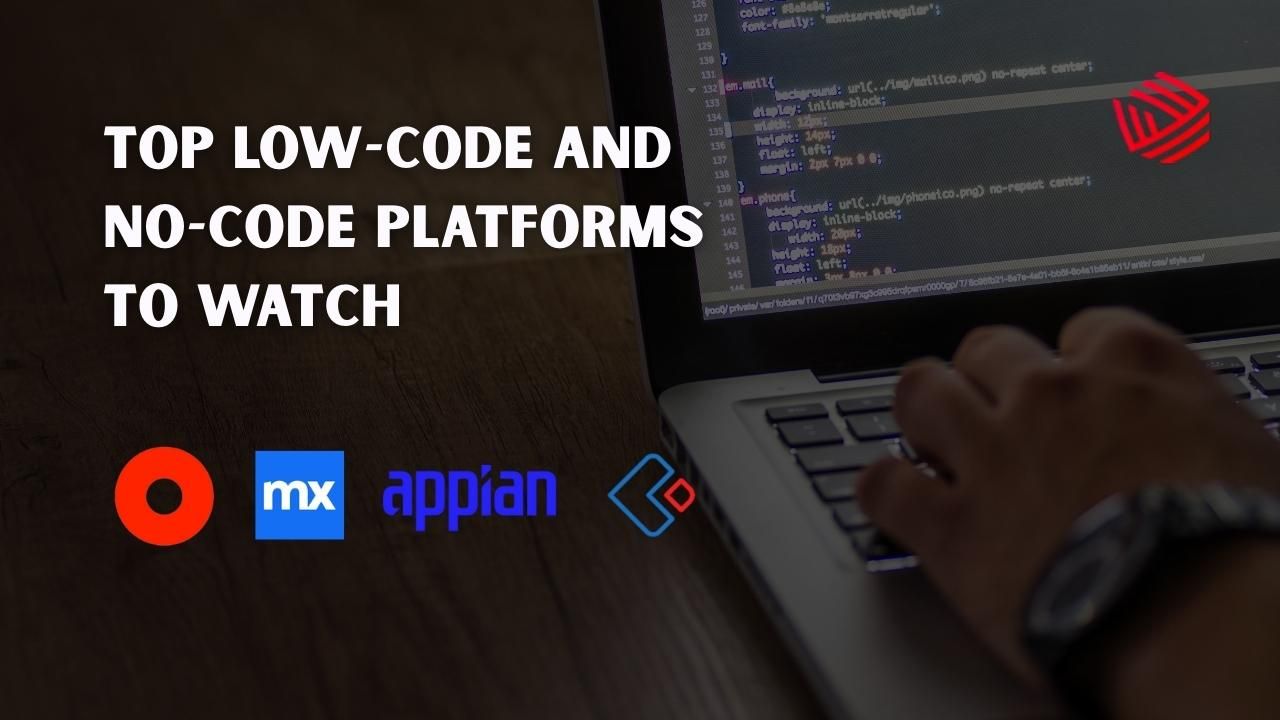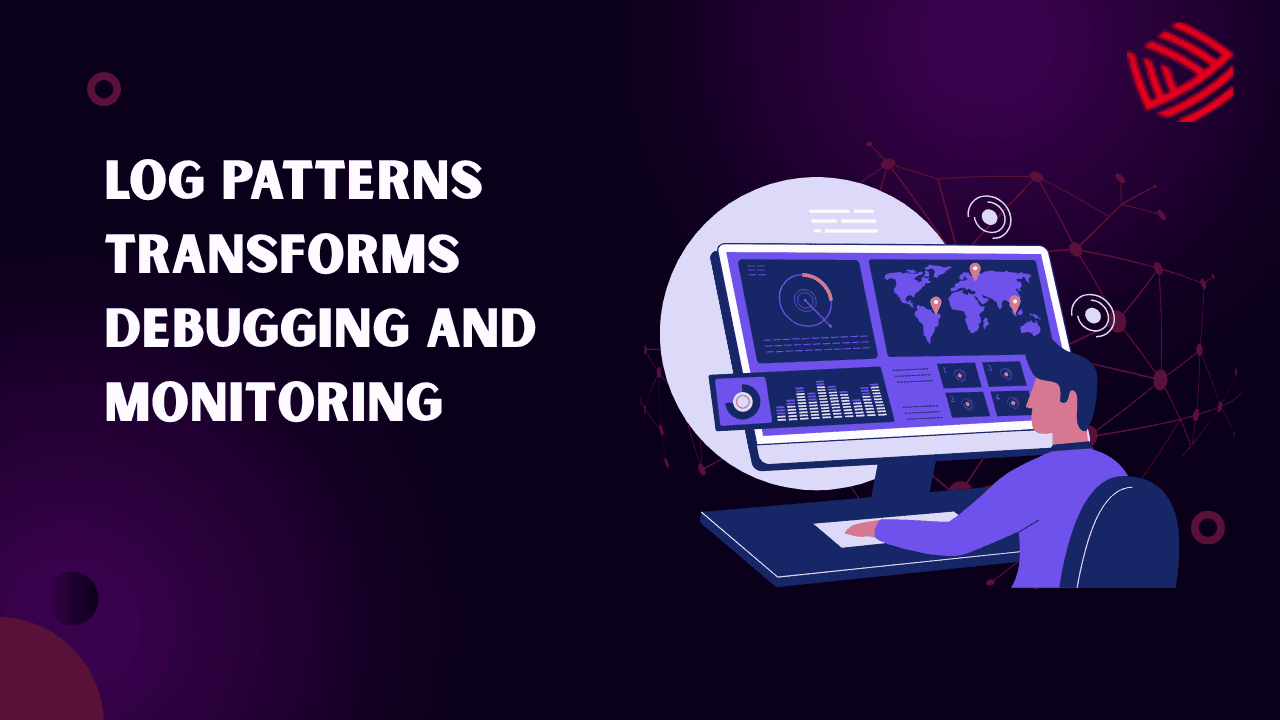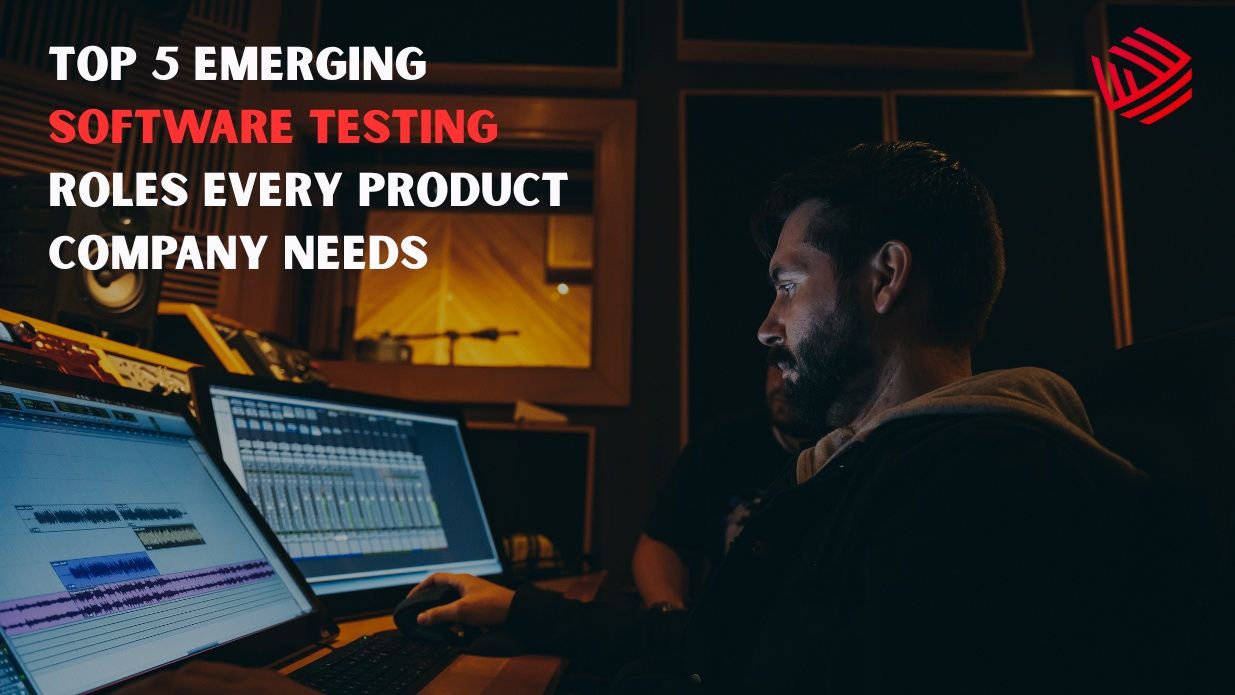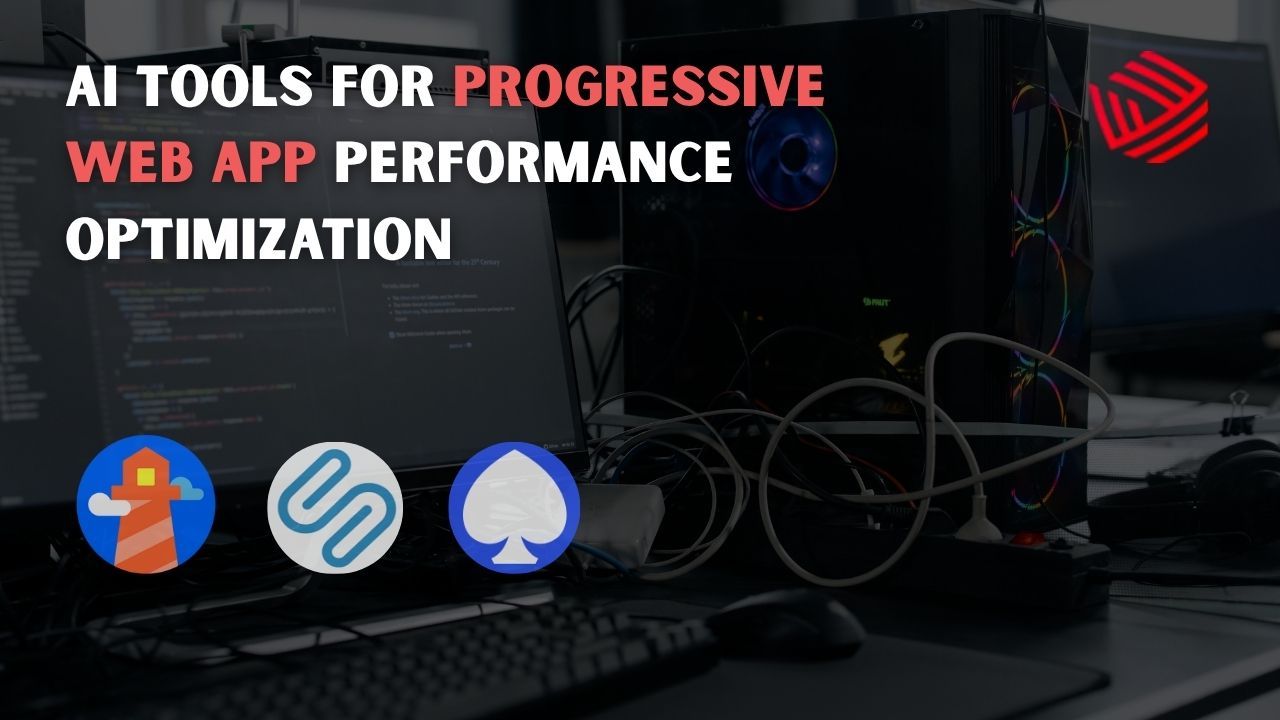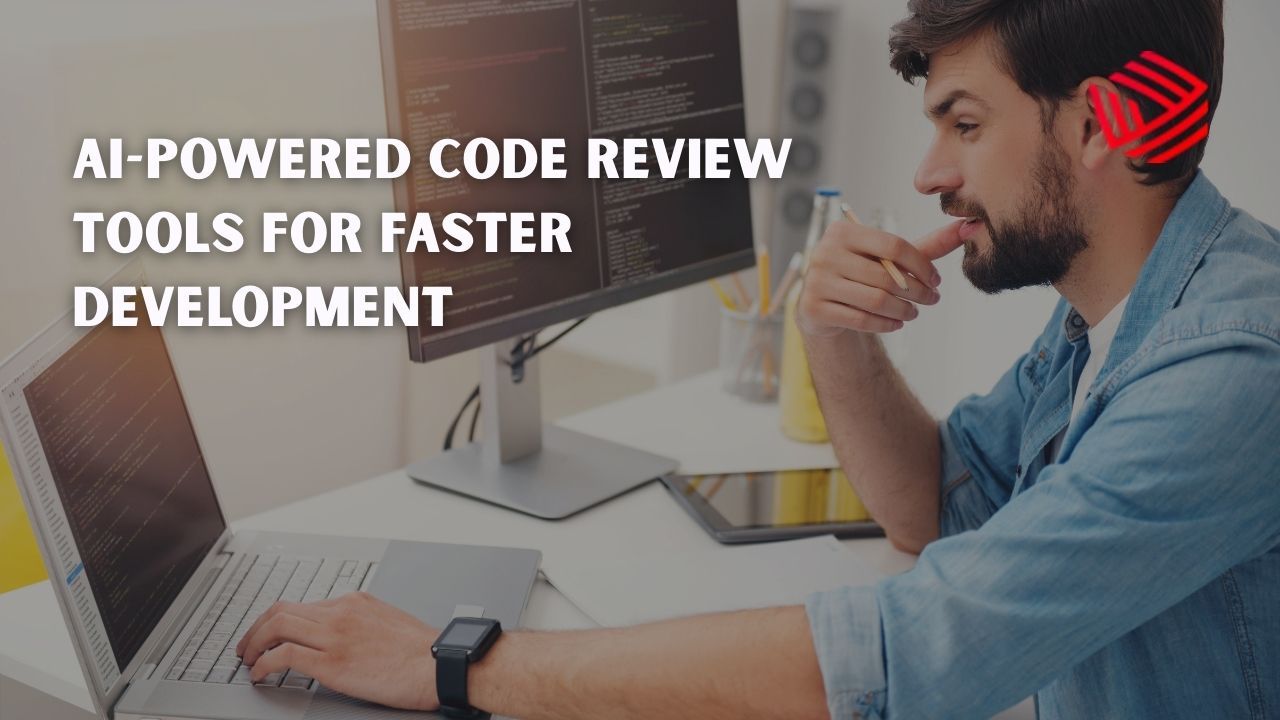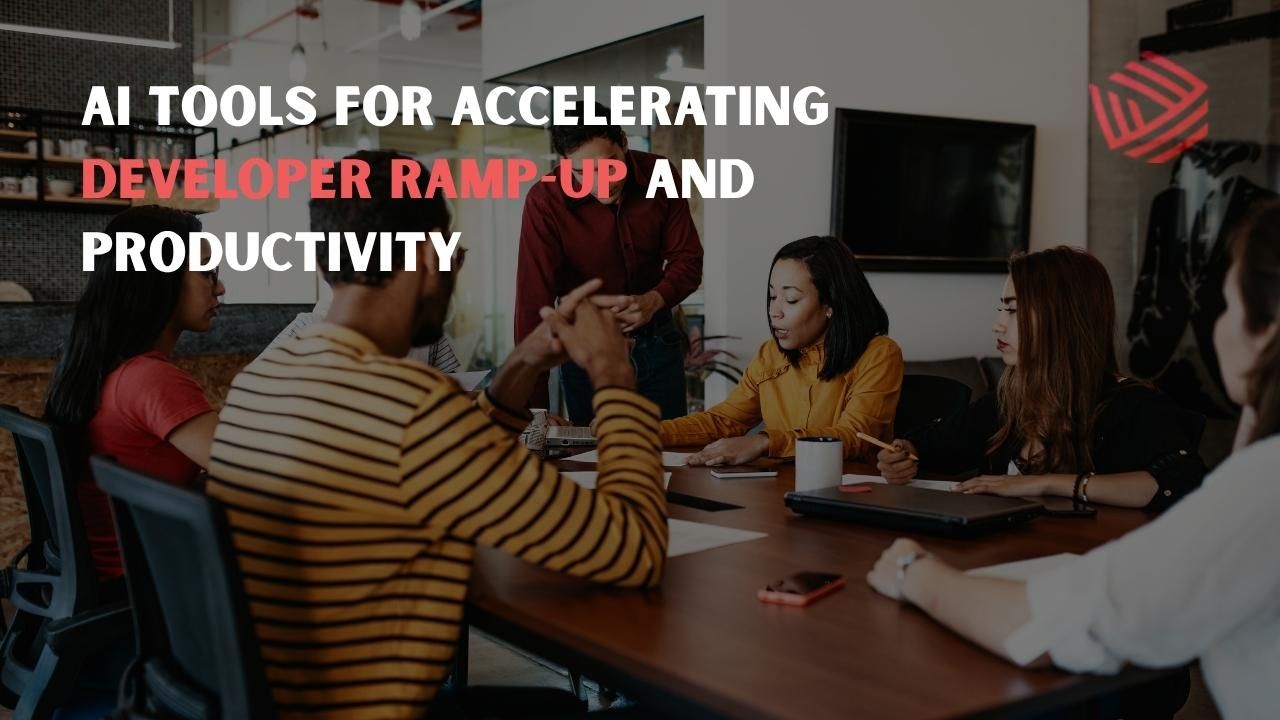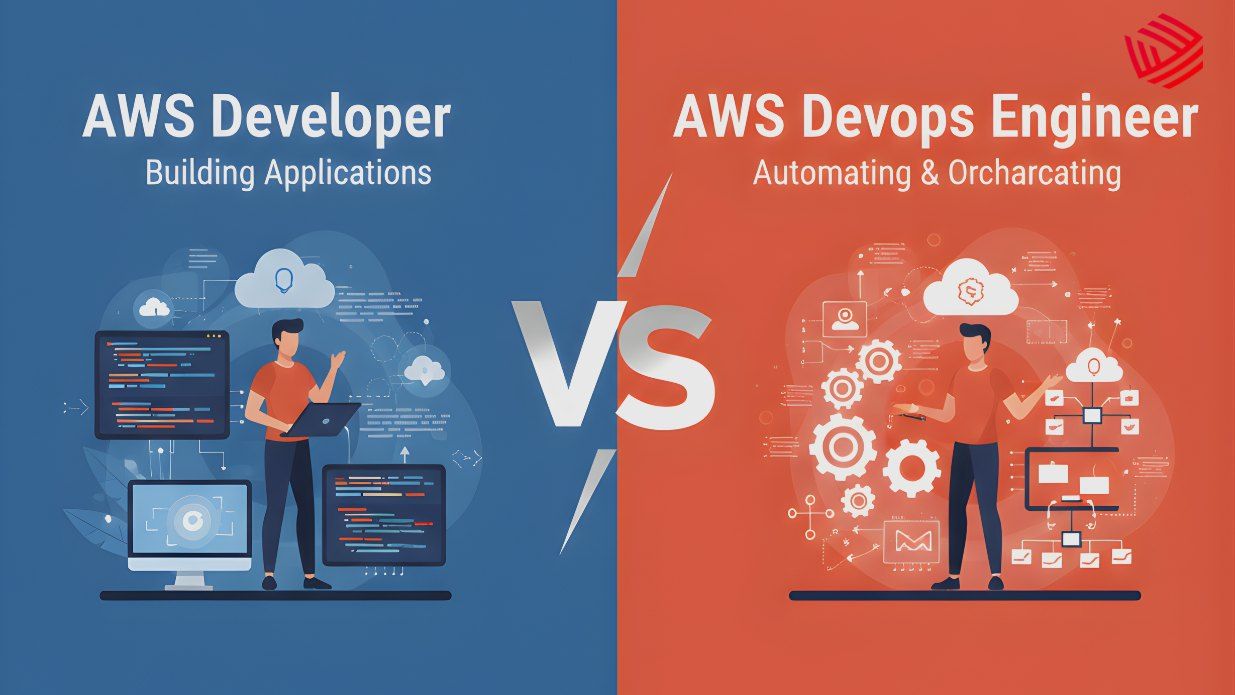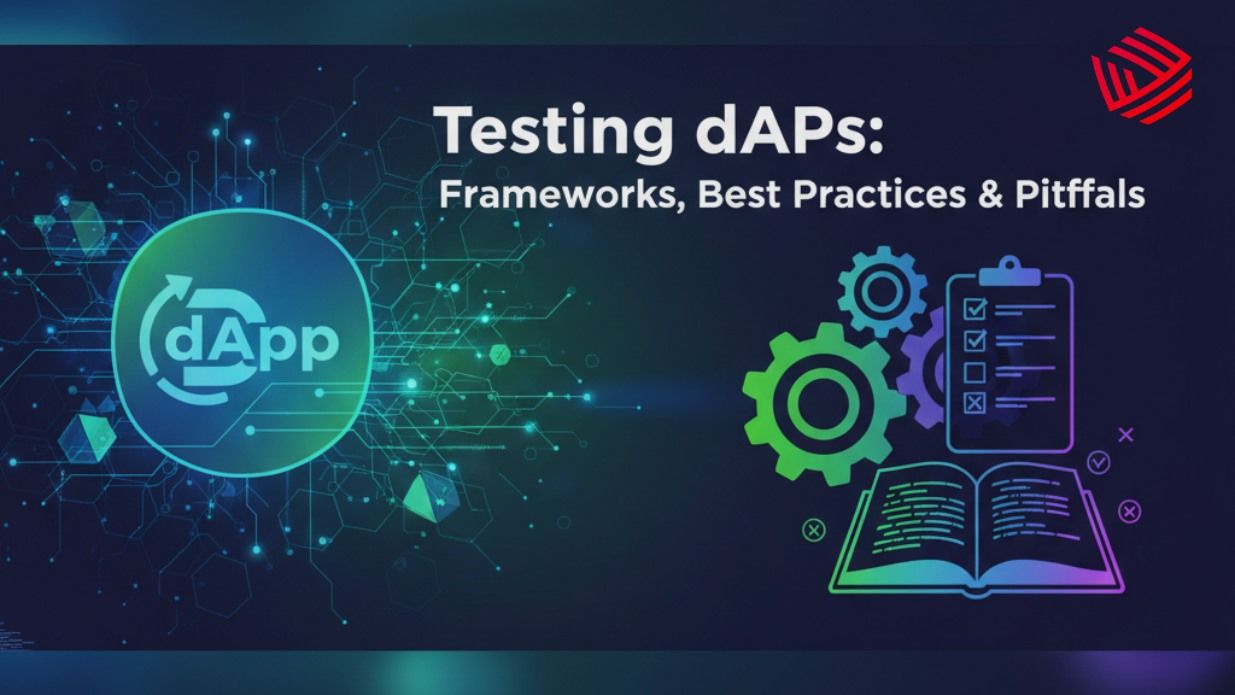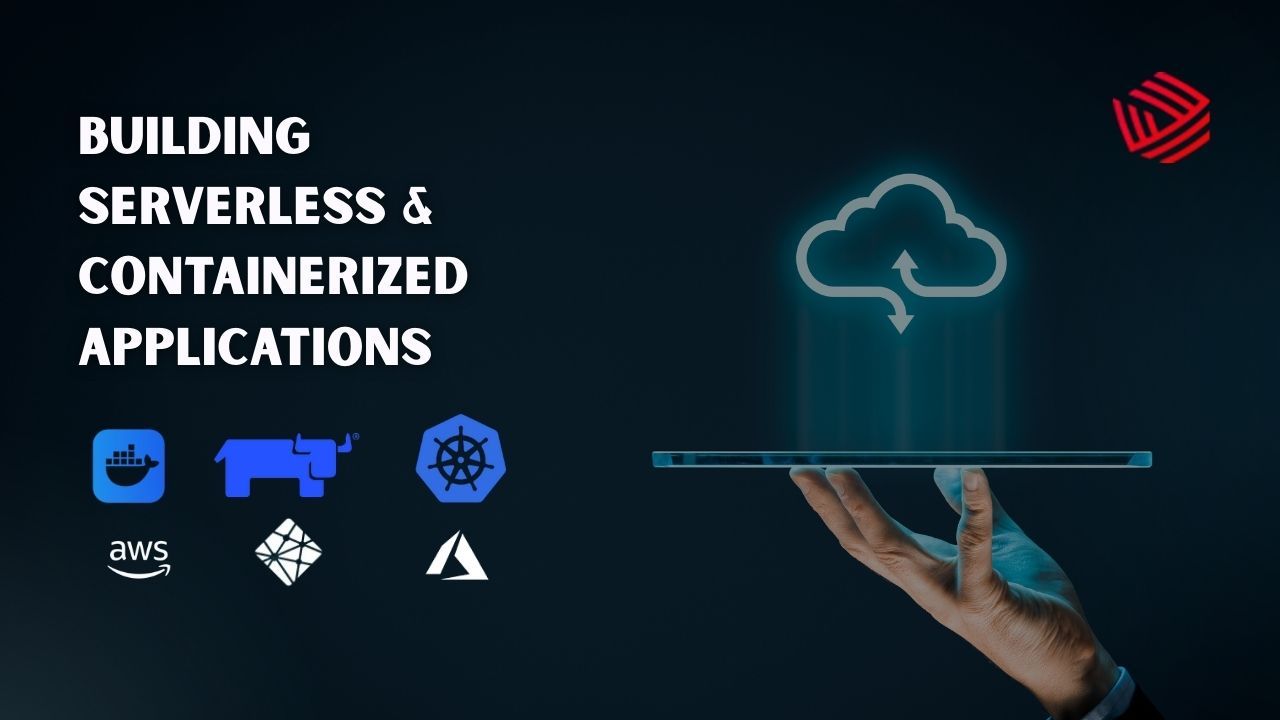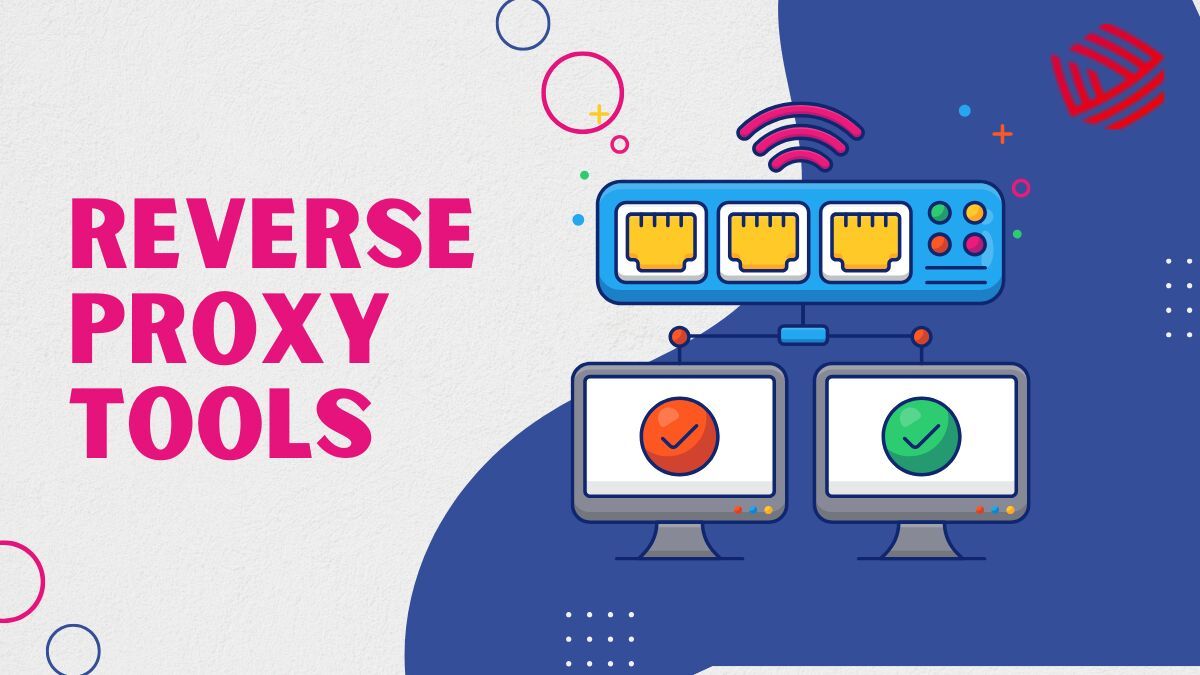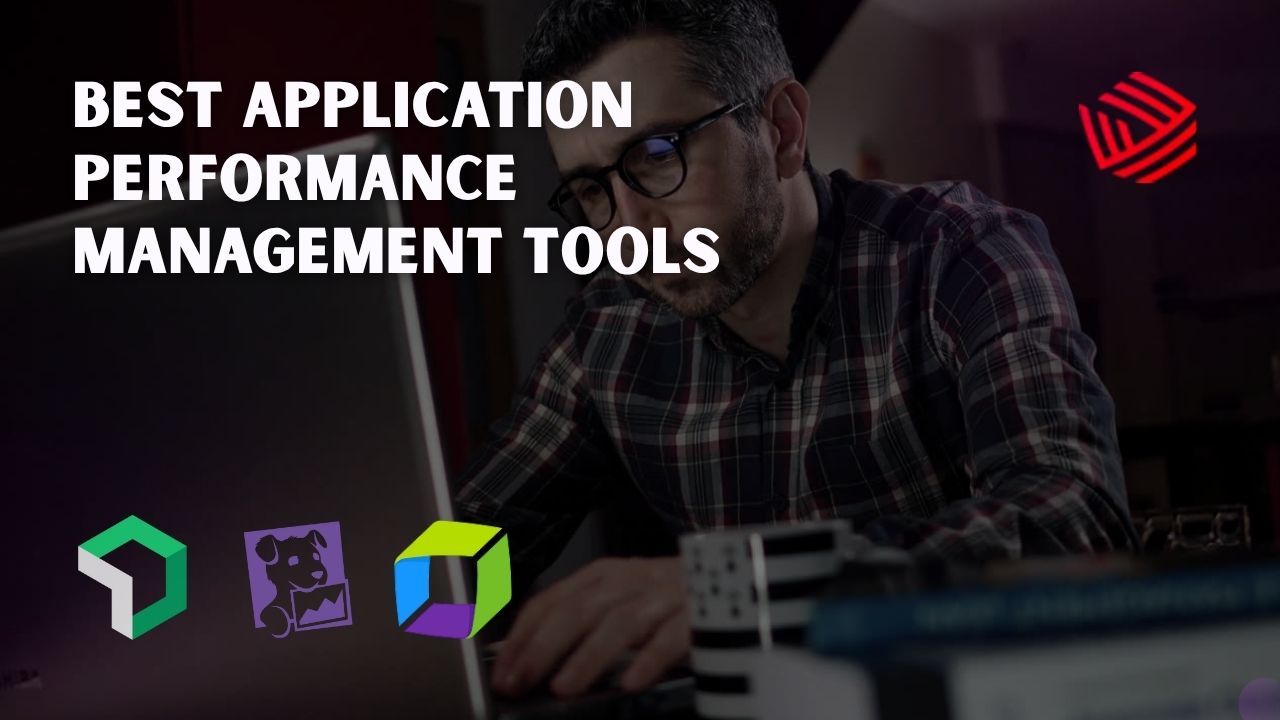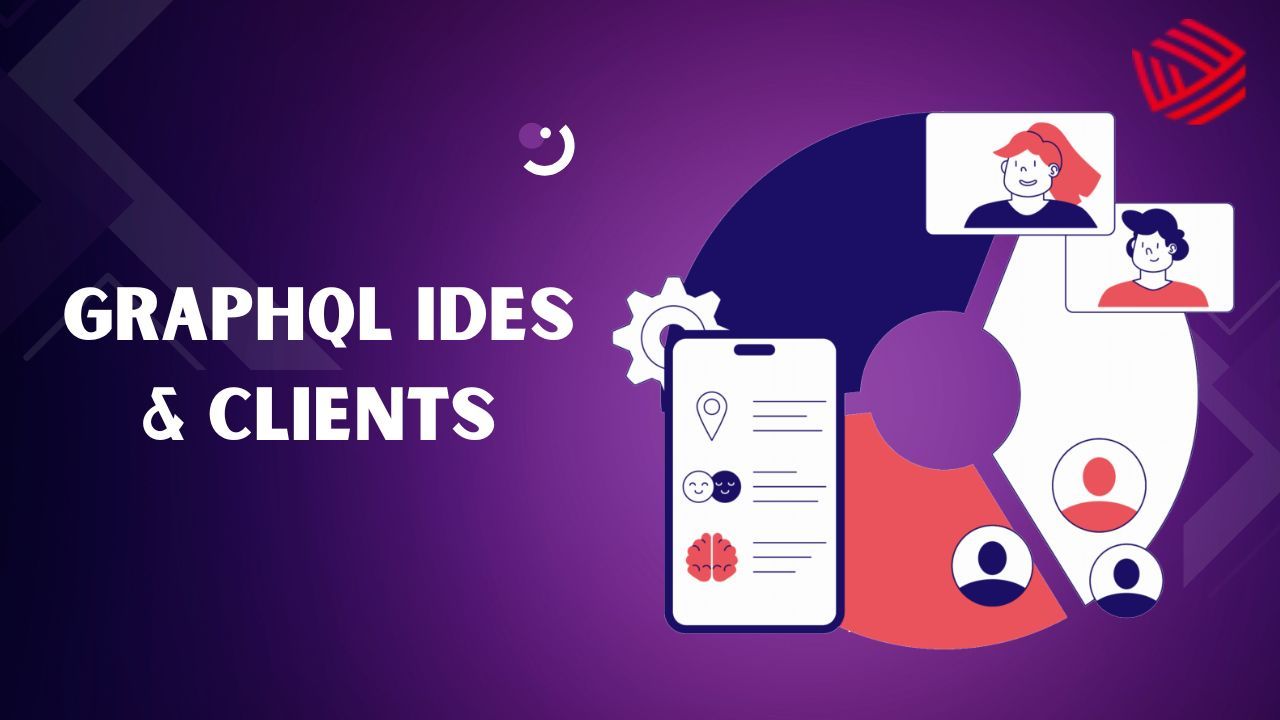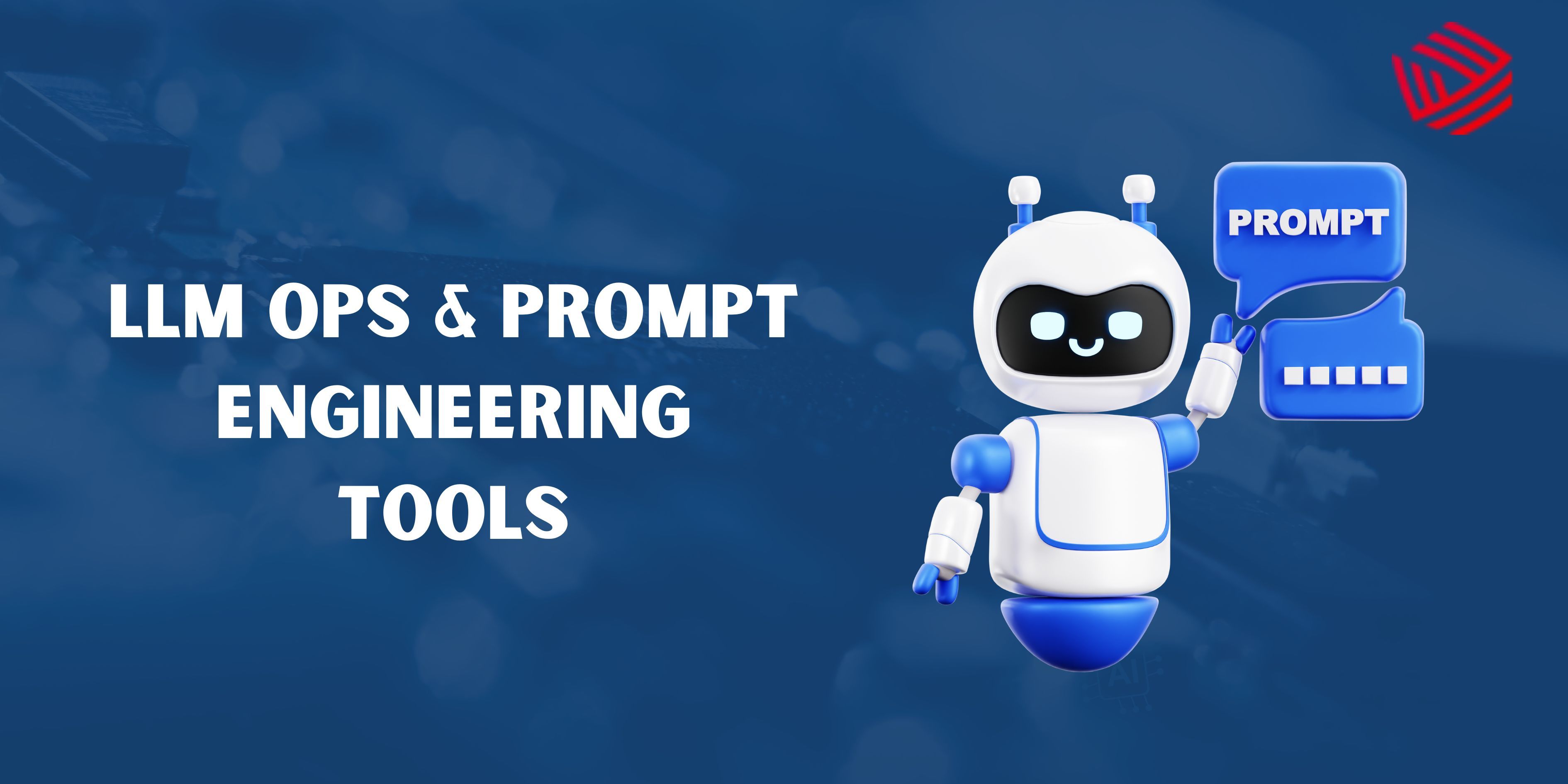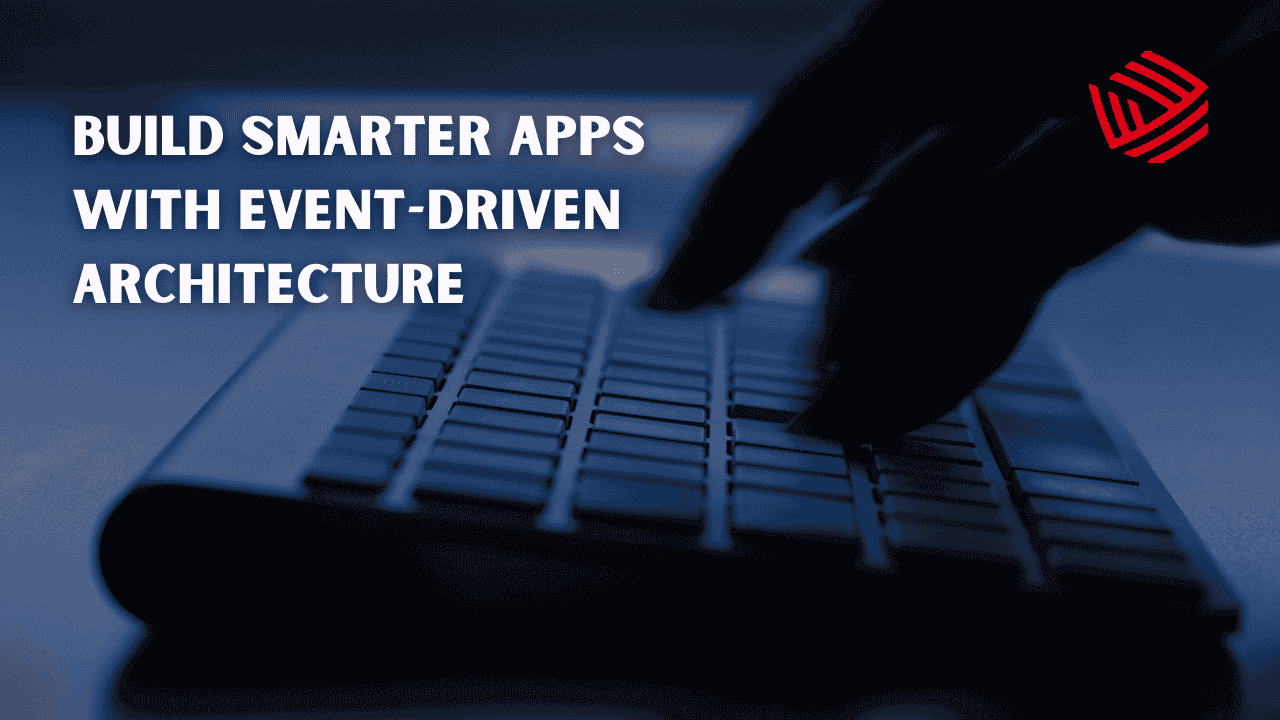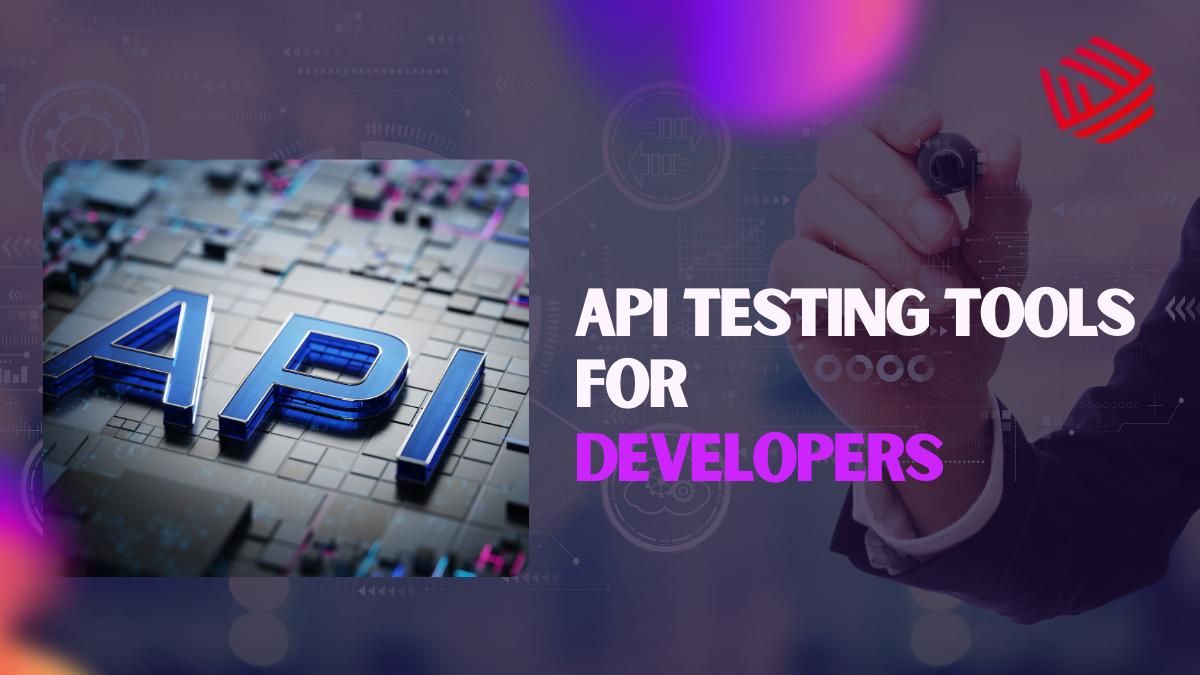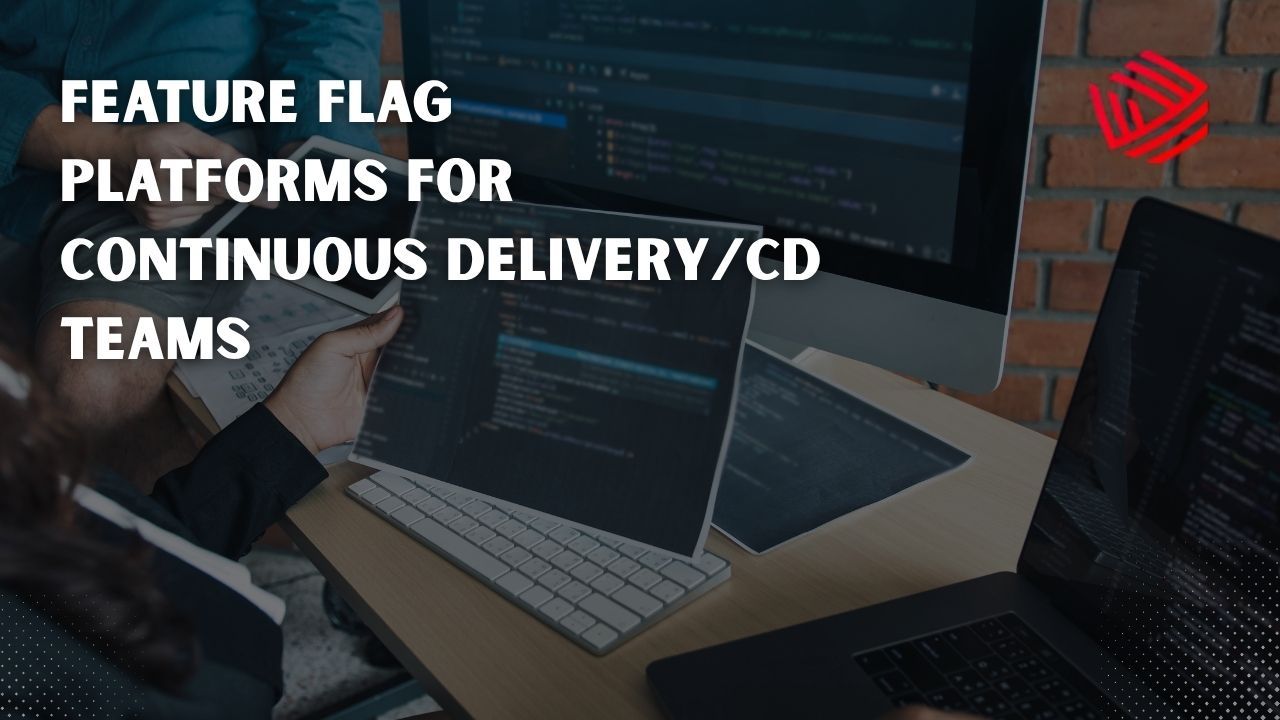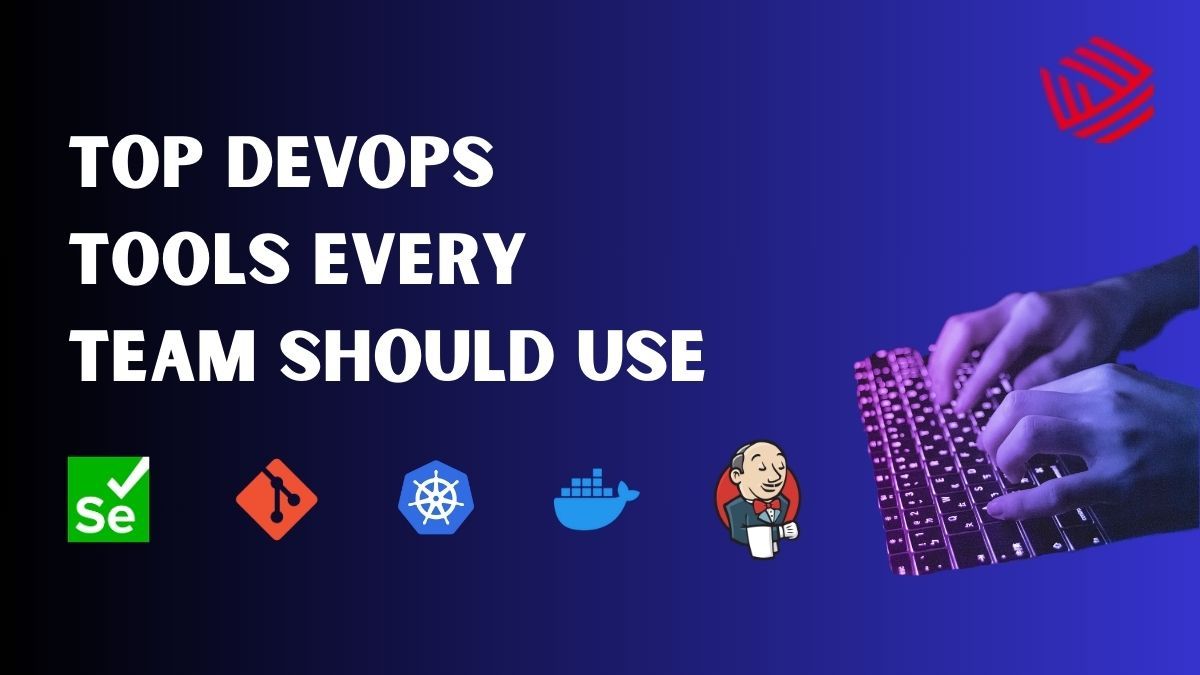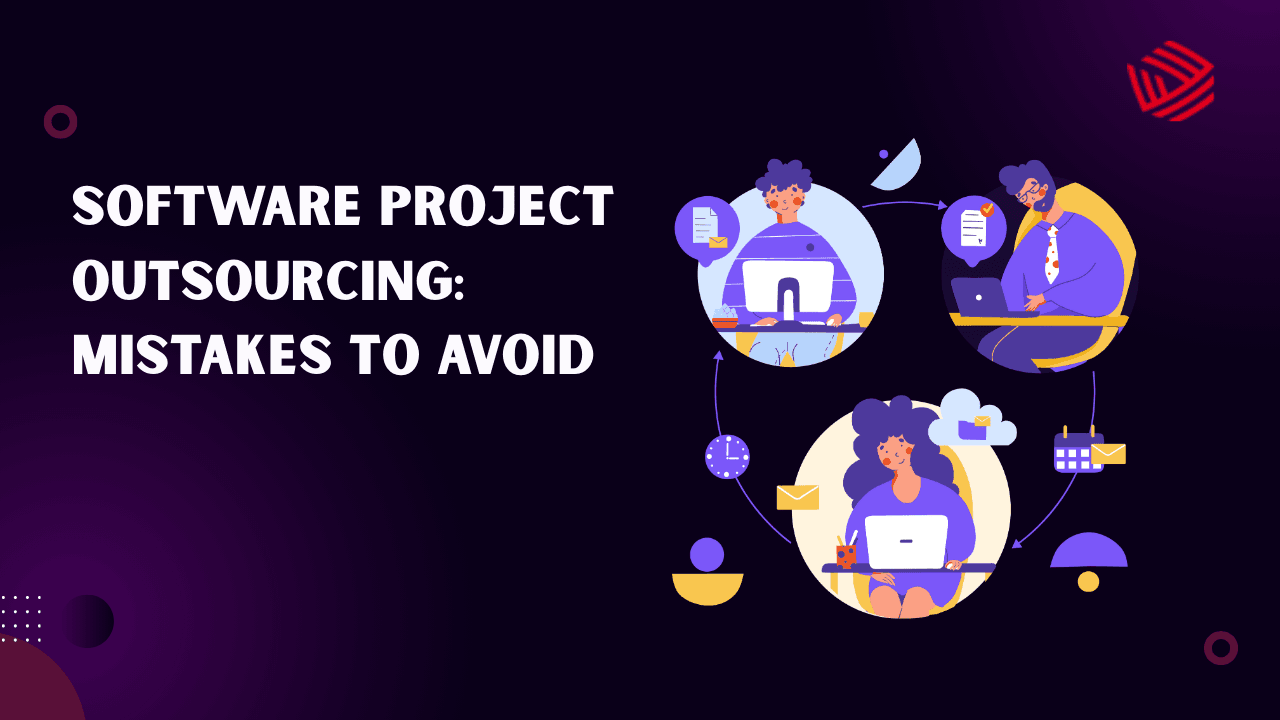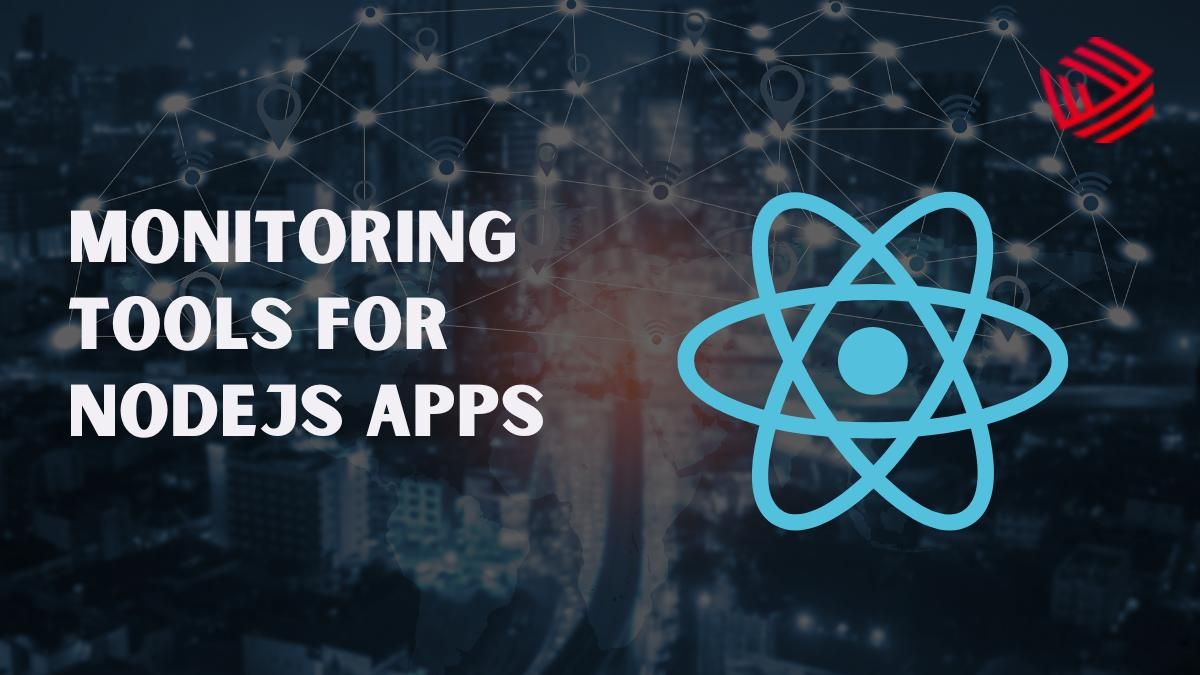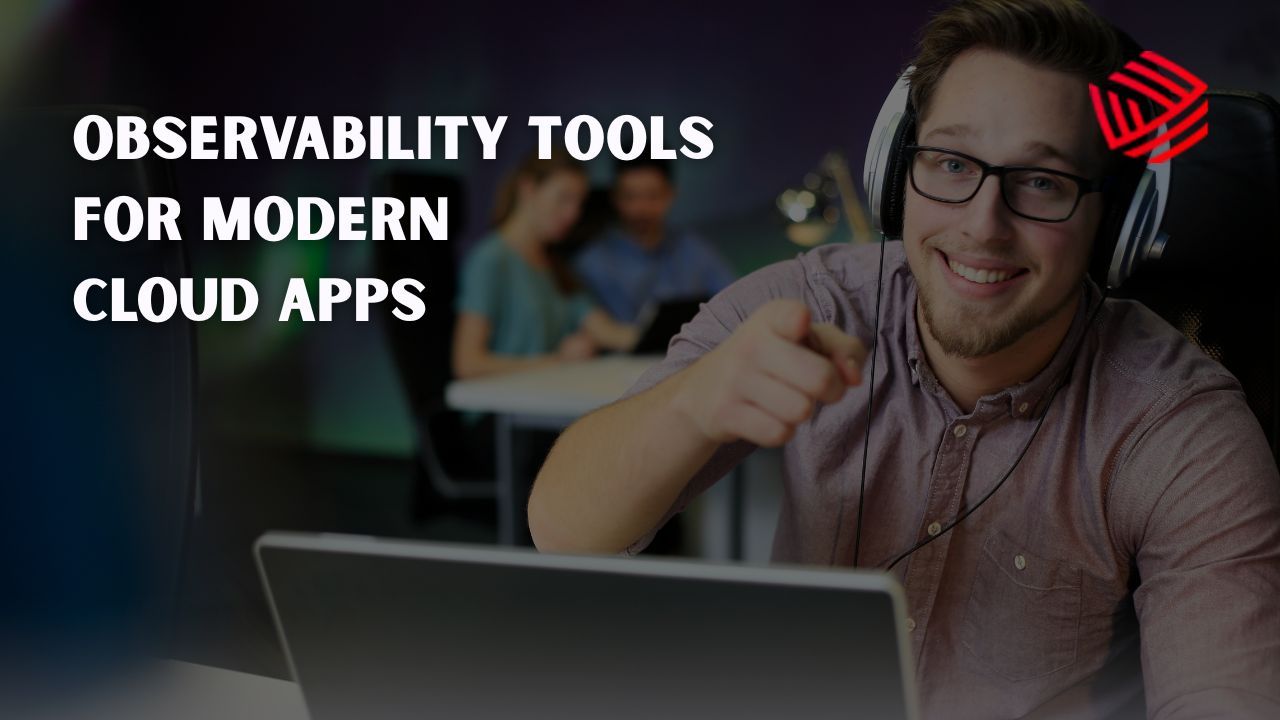When planning a new software project, one of the most important decisions you’ll face is choosing the application architecture. Should you go with a monolithic approach that’s simpler and faster to start with, or a microservices architecture that supports scalability and flexibility?
This decision impacts not just how your application performs, but also your time-to-market, cost of development, scalability, and long-term maintainability. Many startups and enterprises have faced the challenge of choosing one over the other—and some have even pivoted mid-way when their initial choice no longer served their needs. We will explore monolith vs microservices in depth, compare their pros and cons, and provide a decision-making framework to help you choose the right architecture for your project.
What is a Monolithic Architecture?
A monolithic architecture is a single, unified codebase where all components of the application are tightly coupled. The UI, business logic, and database interactions are packaged together and deployed as one unit.
Characteristics of Monoliths:
- A single code repository
- One deployment pipeline
- A central database shared by the entire application
Example in the Real World:
Early versions of Instagram ran as a monolith on Django. It allowed their small team to move fast without worrying about complex system orchestration.
Best Use Cases:
- MVPs and prototypes
- Internal enterprise tools
- Apps with limited scaling needs
What is a Microservices Architecture?
A microservices architecture breaks down the application into smaller, independent services, each responsible for a specific function. These services communicate through APIs or message queues.
Characteristics of Microservices:
- Each service has its own codebase and often its own database
- Services can be deployed independently
- Technology-agnostic (a payment service can be in Java, while the search service is in Python)
Example in the Real World:
Netflix runs thousands of microservices to handle everything from user authentication to video streaming. This allows them to scale services independently and ensure fault tolerance.
Best Use Cases:
- Large SaaS platforms
- Enterprise applications with millions of users
- Applications requiring independent scaling (e.g., payments, search, authentication)
Pros and Cons of Monolithic Architecture
Advantages of monolithic architecture:
- Simplicity: Easy to build, test, and deploy.
- Lower Initial Costs: Ideal for startups with tight budgets.
- Faster MVP Development: Great for proving concepts quickly.
- Less Infrastructure Overhead: No need for Kubernetes, API gateways, or complex monitoring at early stages.
Disadvantages of monolithic architecture:
- Scalability Limits: You must scale the entire application even if only one part needs more power.
- Slower Deployment: A small change requires redeploying the entire app.
- Tech Stack Lock-In: All teams are stuck using the same language and framework.
- Codebase Complexity: Over time, can become a “big ball of mud” that’s hard to maintain.
Pros and Cons of Microservices Architecture
Advantages of microservices architecture
- Independent Scaling: Scale only the service that needs it.
- Fault Isolation: Failure in one service doesn’t crash the entire system.
- Faster Iterations: Teams can release features independently.
- Technology Flexibility: Teams can choose the best tools for each service.
Disadvantages of microservices architecture
- Operational Complexity: Requires advanced DevOps, CI/CD, monitoring, and service discovery.
- Higher Initial Cost: More infrastructure, engineers, and overhead needed.
- Data Consistency Challenges: Distributed systems are harder to keep in sync.
- Communication Overhead: Services need reliable APIs, adding latency and risk.
Monolith vs Microservices: Side-by-Side Comparison
| Aspect | Monolith | Microservices |
| Codebase | Single, unified | Multiple, independent |
| Scalability | Vertical (entire app) | Horizontal (per service) |
| Deployment | Single package | Independent deployments |
| Cost | Lower upfront | Higher upfront, efficient at scale |
| Complexity | Low (simple apps) | High (orchestration needed) |
| Tech Stack | One language/framework | Polyglot (best tool per service) |
| Best For | MVPs, startups, simple apps | Enterprise, SaaS, global apps |
Cost and Team Considerations
Monolithic Costs:
- A small team of Backend Developers or Full Stack Developers can handle the app
- Lower cloud costs, fewer services to manage
- Great when funding and time are limited
Microservices Costs:
- Requires specialized roles (DevOps, SRE, architects)
- Higher cloud costs due to container orchestration (Kubernetes, AWS ECS, etc.)
- Best suited for companies that already have multiple product teams
When to Choose Monolith
Choose a monolithic architecture when:
- You’re building an MVP or proof-of-concept
- Your team is small and has limited DevOps expertise
- Speed and cost-efficiency are priorities
- Your application won’t require massive scaling
Example: A SaaS startup building a CRM for small businesses could start with a monolith and later transition to microservices once they hit scale.
When to Choose Microservices
Choose microservices when:
- Your app is expected to serve millions of users
- You need independent scaling for specific features (e.g., checkout in an eCommerce store)
- You have multiple teams working in parallel
- You want fault tolerance and long-term flexibility
Example: Shopify uses microservices for different modules (payments, store management, analytics) so that each can be scaled independently during seasonal peaks.
Hybrid Option: Modular Monolith
Sometimes, you don’t have to choose strictly between monolith and microservices. A modular monolith offers the best of both worlds.
Consider modular monolith when:
- Code is organized into independent modules within one codebase
- Simpler deployment than microservices
- Easier migration path if you need to adopt microservices later
Example: Many startups begin with a modular monolith and gradually refactor into microservices as their traffic and team size grow.
Future Trends in Software Architecture
The debate isn’t just “monolith vs microservices” anymore. With cloud-native architectures, serverless and event-driven models are gaining traction.
- Serverless (AWS Lambda, Azure Functions): Great for event-driven workloads without managing servers.
- Containerization (Docker + Kubernetes): Makes microservices easier to manage.
- Service Mesh (Istio, Linkerd): Simplifies inter-service communication in microservices.
Conclusion
Choosing between monolith and microservices depends on your project’s size, goals, and resources. The key is not to over-engineer. Start with the architecture that matches today’s needs but allows room for tomorrow’s growth. Rather than thinking of this as a one-time, irreversible choice, view your architecture as an evolving journey. Many companies start with a monolith to move fast, validate their idea, and reduce costs, then gradually refactor into microservices as scale demands. What matters most is building with foresight—keeping your code modular, your infrastructure adaptable, and your team prepared for change.

